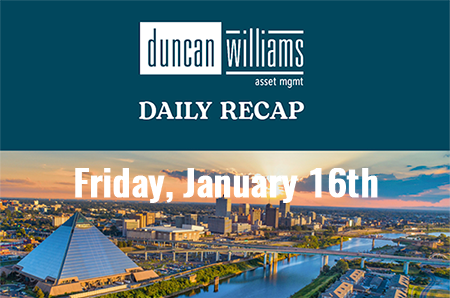
by Felix Richter,
Mar 12, 2024
Inflation in the U.S. edged up slightly in February, as rising housing costs continued to put upward pressure on the Consumer Price Index, while an increase in energy prices compared to January also contributed to higher-than-expected overall inflation. According to the Bureau of Labor Statistics, the Consumer Price Index for All Urban Consumers (CPI-U) increased 3.2 percent over the last 12 months before seasonal adjustment, up from 3.1 percent in January, which was what economists had expected for February as well. On a monthly basis, prices edged up 0.4 percent with the indexes for shelter and gasoline alone accounting for more than 60 percent of the overall increase. Meanwhile core inflation, which excludes volatile food and energy prices, came in at 3.8 percent in February, down slightly from 3.9 percent in January and the slowest increase since April 2021.
Due to its weight in the Consumer Price Index, the cost of shelter continues to be a major driver of inflation. Rents and owners' equivalent rents of residences increased 5.8 and 6.0 percent year-over-year in February, respectively, as the index for shelter climbed for the 46th consecutive month. In fact, excluding the impact of shelter, inflation would have stood at 1.8 percent last month, below the Fed's target level of 2 percent.
Back in the spring of 2021, when inflation took off, the high readings could largely be explained by the so-called base effect, as prices had fallen sharply at the onset of the pandemic a year earlier, when demand for many goods and services had suddenly dried up. Due to that initial dip in consumer prices, year-over-year comparisons were exaggerated for a while, but towards the end of 2021 inflation became a real concern, which turned into a global crisis when Russia attacked Ukraine, resulting in surging food and energy prices. Now that the conflict in Ukraine has dragged on for more than two years, price levels are measured against already elevated prices, partially explaining the steep drop in inflation in the first half of 2023 and why progress has been notably slower since then.
Combined with the latest jobs report that showed job gains picking up in February and unemployment remaining below 4 percent, the latest CPI reading will dampen hopes of the Fed starting to cut rates soon. The FOMC has kept the Federal Funds Rate steady at 5.25 to 5.50 percent since July, putting the breaks on what has been the most aggressive tightening cycle since the early 1980s.
Source: https://www.statista.com/chart/18344/year-over-year-change-of-the-consumer-price-index-for-all-urban-consumers/?utm_source=Statista+Newsletters&utm_campaign=3971bcf5c3-COM_DailyData_Tu_KW11_2024_FR&utm_medium=email&utm_term=0_-b5df2ccfad-%5BLIST_EMAIL_ID%5D












